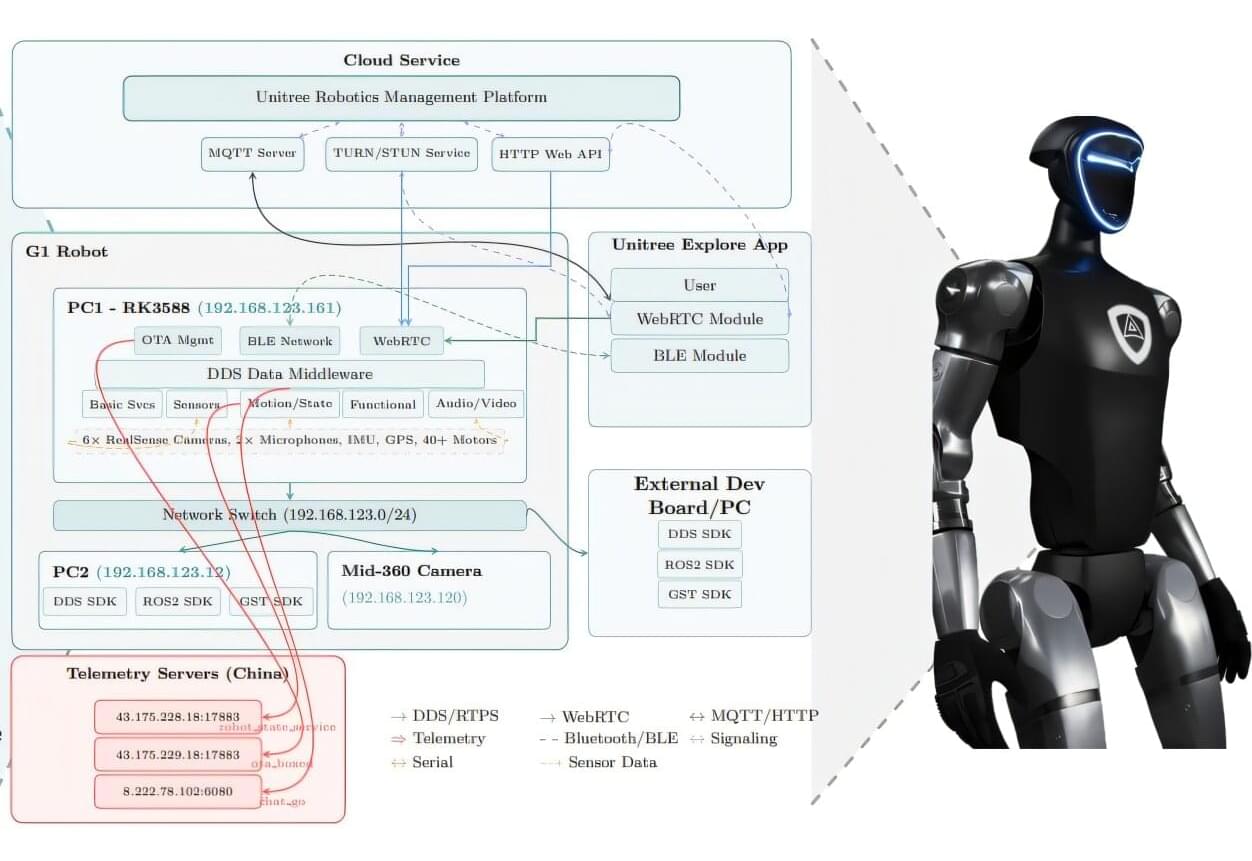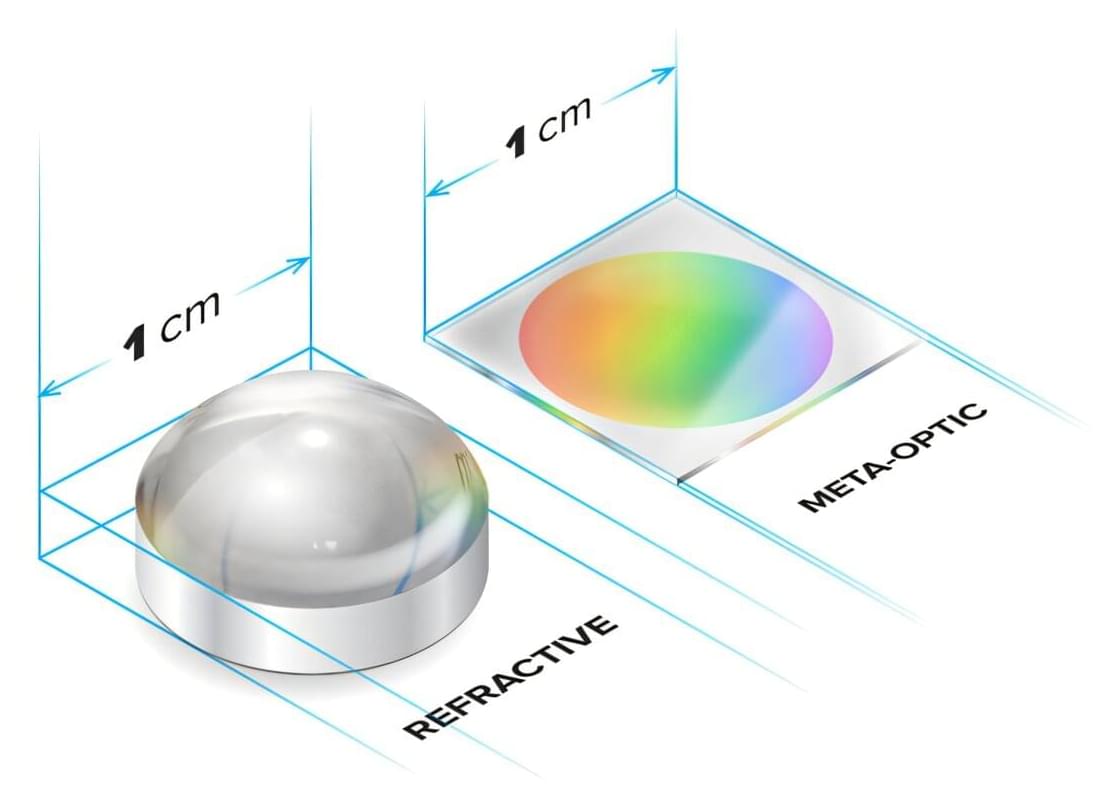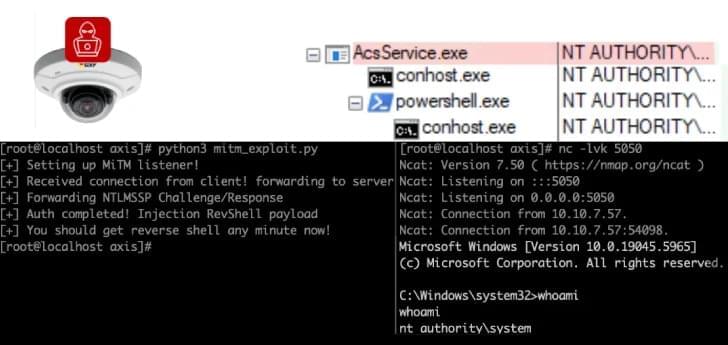In October 2024, Cyble also disclosed details of a sophisticated multi-stage attack campaign orchestrated by a Vietnamese threat actor that targeted job seekers and digital marketing professionals with Quasar RAT using phishing emails containing booby-trapped job description files.
BatShadow is assessed to be active for at least a year, with prior campaigns using similar domains, such as samsung-work[.]com, to propagate malware families including Agent Tesla, Lumma Stealer, and Venom RAT.
“The BatShadow threat group continues to employ sophisticated social engineering tactics to target job seekers and digital marketing professionals,” Aryaka said. “By leveraging disguised documents and a multi-stage infection chain, the group delivers a Go-based Vampire Bot capable of system surveillance, data exfiltration, and remote task execution.”








